Abstract:
The construction site is a complex and changeable working environment with a high accident rate. There are multiple hazardous areas on the same engineering site. The traditional management method for this area is to send full-time personnel to guard and manage. This manual management method is prone to errors and cannot timely detect the entry of personnel in time.For dynamic hazardous areas, operators must take consideration of the surrounding environment while operating the machinery, which will not only reduce work efficiency but also be unfavorable for finding workers in the area. In order to solve this problem and to improve the efficiency of supervision, the integration of computer vision will be a good choice. This method first needs to determine the hazardous area according to relevant rules and regulations, then arrange the camera at the appropriate position, and finally use the YOLOv3(You Only Look Once, is a fast and accurate real-time object detection algorithm, developed to YOLOv3 to achieve a breakthrough in the algorithm, and also achieved a qualitative leap in accuracy and speed)target recognition algorithm to achieve Intelligent supervision. This article introduces the basic principle of the algorithm and the specific realization method of target recognition, and according to the different scope of the hazardous area, two methods of making training sets are being designed.Finally, experiments are used to verify the feasibility and accuracy of the method. The results show that the method has a higher accuracy rate for worker identification. Therefore, applying this method to worker identification in hazardous areas will greatly reduce the probability of accidents and make up for the shortcomings of purely manual supervision enrich the means of safety management.


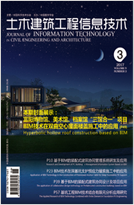

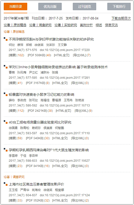
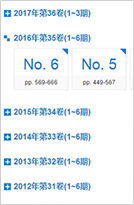

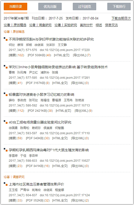
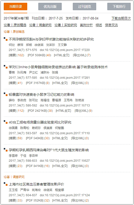

 下载:
下载: